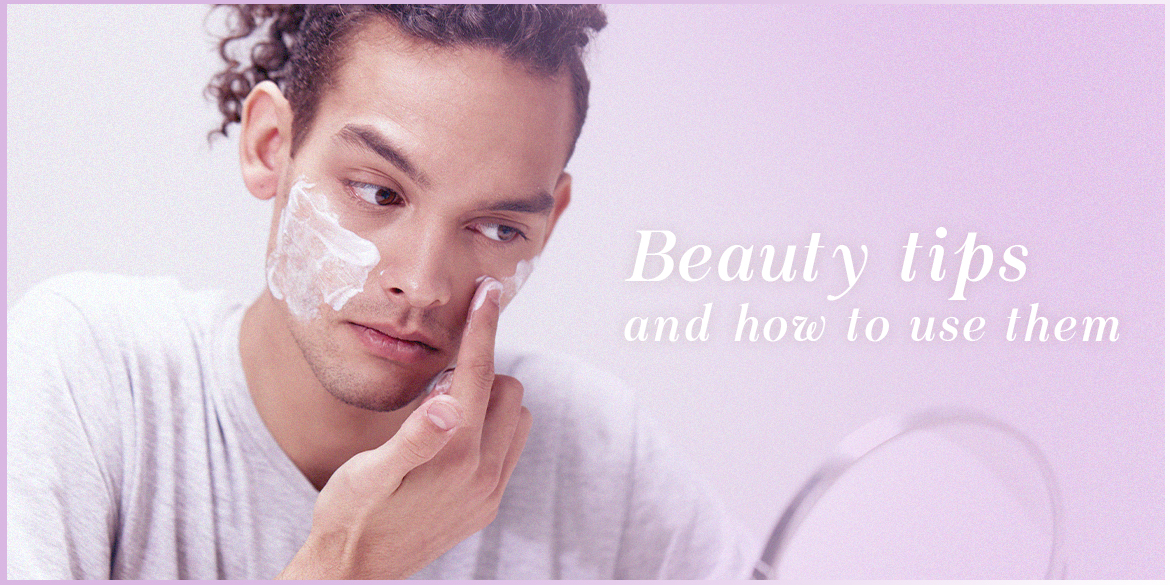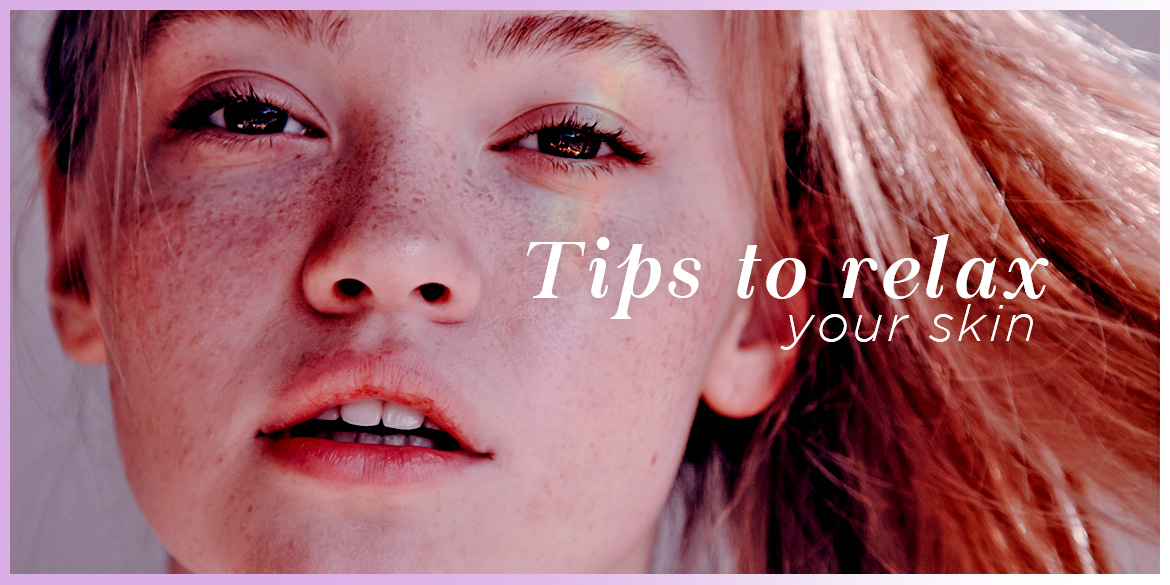How can I care for my skin
according to its characteristics?
The quickest and most effective way to clean your makeup brushes
November 9, 2022Our skin type is determined by our genetics, but it can vary considerably depending on the various external and internal factors to which it is subjected. Here are some tips on how to take care of your skin taking into account its own characteristics.
Type of skins
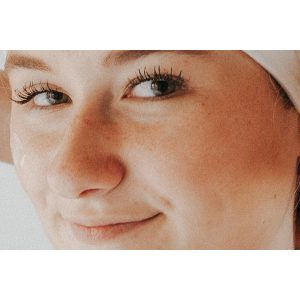
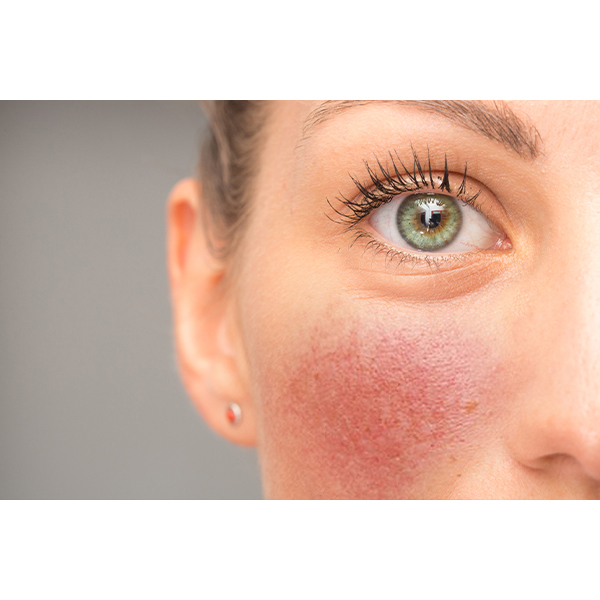
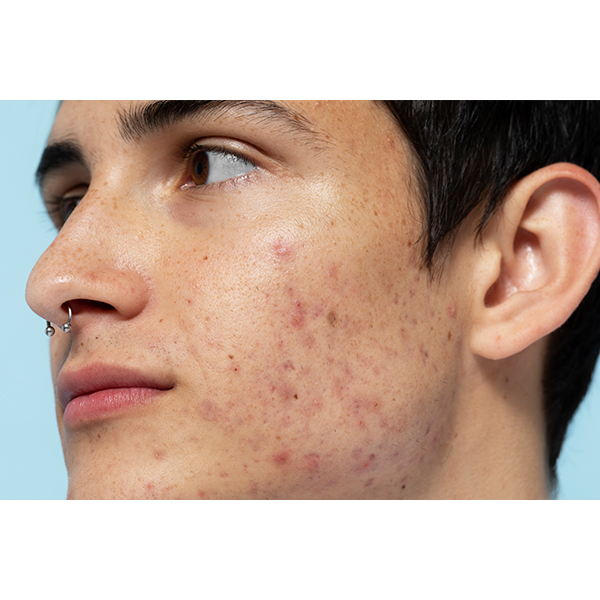
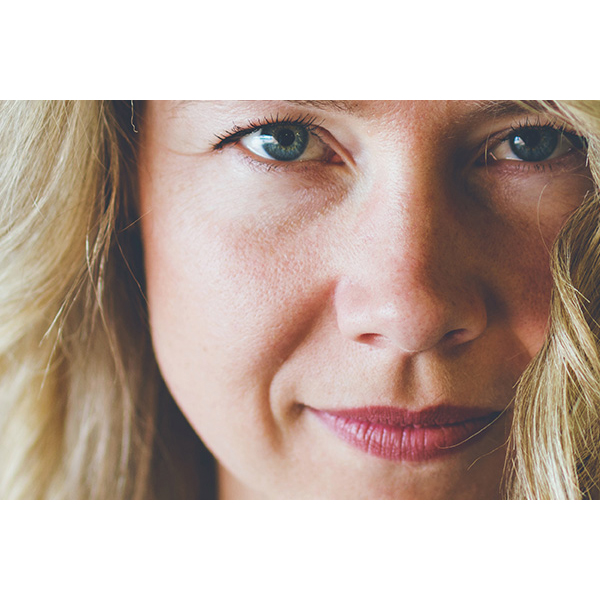
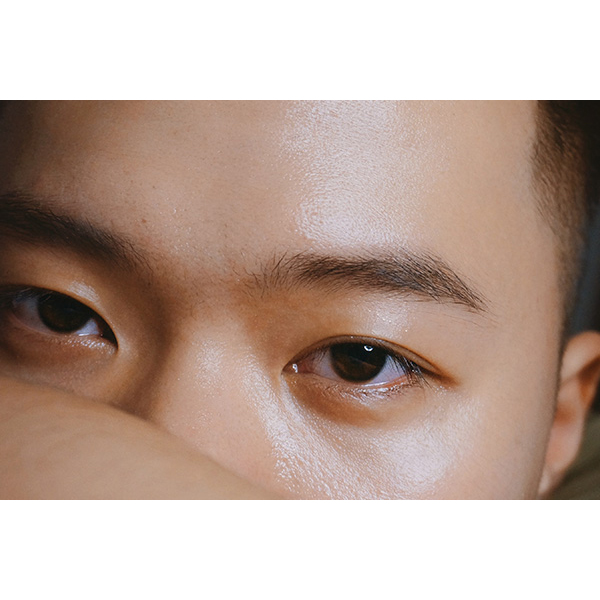
1 DRY SKIN
Dry skin describes a skin type that produces less sebum than normal skin. It lacks the lipids it needs to retain moisture and form a protective shield against external influences. People with dry skin may experience tightness and lack of comfort. What is the best way to treat skin with these characteristics?
- Use a moisturiser containing these three ingredients: Glycerin, Petrolatum and Niacinamide , as this is the best way to maintain elastic and healthy looking skin.
- Special facial cleansers or neutral soaps are often gentler on the skin than an antibacterial soap, you will notice the difference.
- Drink at least 1.5 litres of water a day, there's no point in trying to moisturise dry facial skin if you don't keep your body hydrated.
2 SENSITIVE SKIN
Sensitive skin is skin that overreacts when exposed to stimuli that do not affect other skin, such as changes in temperature, pollution, certain ingredients in cosmetic products...
The ideal way to treat this type of skin is to choose products with simple formulations, without many ingredients. The fewer ingredients, the less chance of any of them producing reactivity in your skin.
- Avoid contact with water that is too cold or too hot, as this can damage your skin.
- For facial cleansing, opt for micellar waters or other cleansers specifically for sensitive skin.
- It is essential to moisturise once or twice a day, both on the body and face. To do this, use
hypoallergenic, high-tolerance, light-textured products.
3 SKIN WITH ACNE
Acne occurs when the pores on the surface of the skin become clogged. Pores can become blocked by substances on the surface of the skin. It usually develops from a combination of the skin's natural oils and dead skin cells broken down from within the pore.
Skin with acne requires specific care, ranging from thorough cleansing to moisturising and sun protection with specifically formulated products.
- Make sure you cleanse thoroughly. For oily or acne-prone skin this is vitally important, as sebum can clog pores. It is recommended to cleanse the skin at least twice a day, in the morning and at night, before going to bed.
- To moisturise this type of skin, use non-comedogenic products. Non-comedogenic creams are those that, thanks to their light, non-oily texture, prevent pores from clogging.
- It is important to opt for sunscreens and oil-free moisturisers.
4 MATURE SKIN
Mature skin, in general, has diminished functional capacity, is more exposed to environmental factors and tends to develop certain skin diseases. It is characterised by being dry and rough to the touch, having wrinkles and having acquired a certain yellowish tone, which is aggravated by irregularities in pigmentation. Over time, the skin loses elasticity, turgidity and tone, becomes more fragile and heals less well. Its blood capillaries become more dilated, giving rise to unsightly "small veins", called couperose. Mature skin needs specific treatments to look beautiful, fresh and vital. Although we cannot stop the passing of the years, there are some tricks to make them less visible and less damaging to our complexion.
- To delay the signs of ageing, it is essential to moisturise and cleanse the skin daily, at least twice a day. For mature skin it is advisable to use specific creams and cosmetics with anti-ageing active ingredients.
- Opt for anti-ageing creams. Look for a cosmetic that suits the needs of your skin. Apply it after each cleansing by massaging your face with your fingertips, so that it penetrates better.
- Use specific care products for the eyes, neck and lips. These are the areas most prone to wrinkles, spots and other signs of ageing. Consistency in their application is the key.
5 OILY OR COMBINATION SKIN
Oily skin is characterised by thicker, shiny skin and enlarged pores all over the face, in the case
of combination skin only in the T-zone. They may have a tendency to experience blackheads
and pimples.
- Cleansing is essential for this type of skin, in this case with products containing
sebum-regulating and soothing active ingredients. This type of product contains sebum
regulators that help to reduce or at least regulate oil production. In addition, they often include
soothing compounds to prevent further dryness or irritation when the skin has inflammatory
acne lesions.
- The key is to choose oil-free and non-comedogenic products. These products should be
oil/lipid free. The texture of cosmetics is also important. They should be fluid: emulsions,
serums, gels, cremi-gel or light creams, as they are non-greasy.
- In the morning and night routine it is advisable to use a sebum-regulating serum and a light
water-based moisturiser and at night some active ingredient designed to improve acne and/or
oil production: retinol, glycolic acid or salicylic acid.

